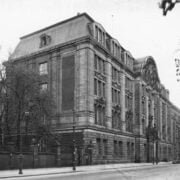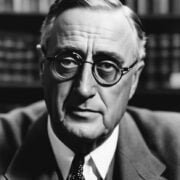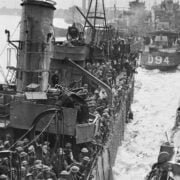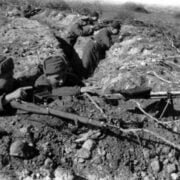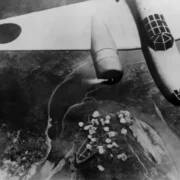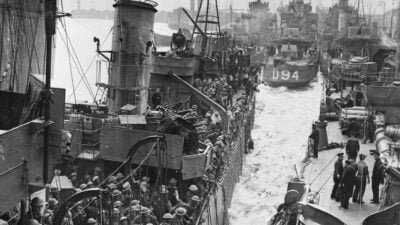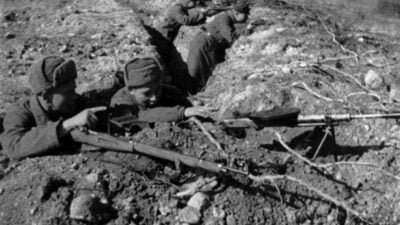The history of the Early Airplanes is indeed a tale filled with inventors, pioneers, and visionaries from various nationalities, all contributing to the advancement of aviation.
Also check out: The History of Airplanes: From Invention to the Sky Revolution
Leonardo da Vinci and His Flying Designs
Renaissance genius Leonardo da Vinci was one of the first to explore the concept of flight. In his famous notebooks, he made numerous drawings and notes related to flying machines. Though his designs never left the paper, they demonstrated a deep interest in the possibilities of flight.

Hot Air Balloons and the 18th Century
In the late 18th century, brothers Joseph-Michel and Jacques-Étienne Montgolfier invented the hot air balloon. In 1783, they successfully completed the first manned flight in a balloon, marking a significant milestone in aviation history. Hot air balloons were limited in terms of control, but their success inspired future developments.
Glider and Winged Experiments
Pioneers like George Cayley, Otto Lilienthal, and Percy Pilcher focused on designing and flying gliders and winged aircraft in the 19th century. They conducted brave experiments to understand the principles of flight. Lilienthal, in particular, made significant contributions to the understanding of aerodynamic wings and flight control.
Santos-Dumont and the 14-Bis
Brazilian aviator Alberto Santos-Dumont built and flew the 14-Bis in 1906 in Paris. This motorized airplane made a successful and controlled flight, taking off on its own, marking a significant milestone in aviation history. Santos-Dumont significantly contributed to the development of heavier-than-aircraft.
The Wright Brothers and the First Controlled Powered Flight with Early Airplanes
The brothers Wilbur and Orville Wright are widely recognized for conducting the first controlled powered flight on December 17, 1903. Their aircraft, the Flyer, took off at Kitty Hawk, North Carolina, and flew for 12 seconds. This historic achievement marked the beginning of the era of modern aviation.
The Dream of the Wright Brothers and Early Airplanes
Wilbur and Orville Wright were key figures in aviation history, and this chapter delves into their dreams, challenges, and achievements.
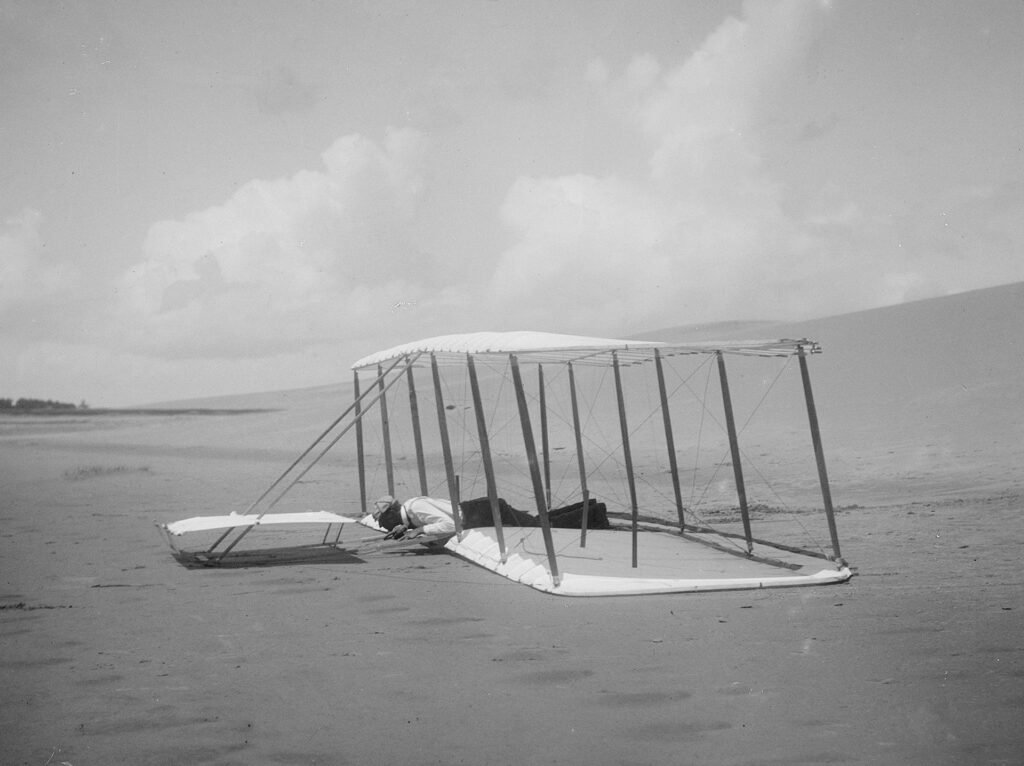
From a young age, Wilbur and Orville Wright showed an interest in mechanics, engineering, and technology. The two brothers operated a small business manufacturing and repairing bicycles, providing them valuable skills in mechanics and aerodynamics. Their passion for aviation emerged when they began studying bird flight.
Glider Experimentation and Early Airplanes
The Wrights built various gliders that they used to understand the principles of flight. They conducted detailed experiments with wings, rudders, and flight controls. They carried out manned flights on their gliders and accumulated a significant amount of data on controlled flight.
One of the greatest barriers to aviation at the time was the lack of lightweight and powerful engines. The Wright brothers worked on developing a lightweight and efficient engine that could be used in their aircraft. In 1903, they constructed the Flyer, an aircraft that incorporated their research in aerodynamics and gasoline engines.
First Controlled Powered Flight
December 17, 1903, marked the day of the first controlled powered flight. The Wright brothers chose Kitty Hawk, North Carolina, due to favorable wind conditions. Wilbur was the first to attempt, but his flight was short and uncontrolled. However, later that day, Orville conducted a 12-second flight that marked the first controlled powered flight in history. The brothers carried out three more flights that day, each one increasing the distance and time in the air.
The Wrights’ first flight did not receive great immediate attention, but its importance cannot be underestimated. They had demonstrated the ability to control a powered aircraft, representing a monumental advance in aviation. From that point, the Wrights continued to perfect their aircraft and conduct longer and more controlled flights.
Innovations in the First Half of the 20th Century
The first half of the 20th century was a time of remarkable advancements in aviation, driven by technological innovations and the race for dominance of the skies. In this chapter, we will explore the major innovations and events that marked this exciting era.

Motorization and Aircraft Improvement
After the historic first flight of the Wright brothers in 1903, the following decades witnessed significant advancements in aircraft development. More powerful and lightweight engines were designed, enabling the development of more sophisticated aircraft capable of longer flights. Improvements in aircraft structure, the incorporation of landing gear, and more effective control systems also contributed to enhancing performance and safety.
World War I and Military Aviation
World War I marked the emergence of large-scale military aviation. Aircraft, initially used mainly for reconnaissance, soon became war machines with the development of airborne weapons and air combat tactics. Pilots became heroes, and aircraft evolved to adapt to these new demands, resulting in rapid technological evolution.
Advance in Engine Technology in Early Airplanes
One of the most crucial advancements was the development of jet engines in the 1930s. This inaugurated a new era in aviation, allowing for faster and higher flights. Jet engines, along with the development of more aerodynamic aircraft, led to the creation of modern combat planes and a revolution in air transport.
Although space exploration is more associated with the second half of the 20th century, the technology used in this endeavor is a direct extension of early 20th-century aviation. The development of rockets and spacecraft was influenced by decades of research in aerodynamics and jet propulsion. Space exploration was the logical next step in human exploration.
The Golden Age of Aviation
The 1920s are often called the “Golden Age of Aviation,” and for good reasons. This period witnessed an explosion of innovations in civil aviation and a series of significant events that shaped the way the world viewed aircraft. Let’s explore this exciting time more deeply:
Charles Lindbergh and the Solo Atlantic Flight
In 1927, American pilot Charles Lindbergh gained worldwide fame with his solo flight across the Atlantic Ocean. He departed from New York aboard “The Spirit of St. Louis” and, after a 33-hour flight, safely landed in Paris. Lindbergh became an international hero and an aviation icon, proving that transatlantic flights were possible and opening new possibilities for passenger air travel.
Lindbergh’s achievement inspired a boom in commercial aviation. Airlines such as Pan American World Airways (Pan Am) and Lufthansa began operating long-distance flights, connecting cities and countries worldwide. The aircraft used for passenger transport were improved to comfortably accommodate more people, making air travel an accessible and convenient option.
Early Airplanes Races
The 1920s saw the popularity of air races grow. Exciting competitions like the Schneider Trophy Air Race encouraged the development of high-speed aircraft. Brave pilots competed to set new speed and altitude records. These races accelerated the development of aeronautical technologies and resulted in faster and more advanced aircraft.
Aviation was quickly becoming part of popular culture. Aviators like Amelia Earhart and Howard Hughes captured the public’s hearts. The film and literary industry were filled with thrilling stories of daring flights and sky adventures. Enthusiasm for aviation influenced the fashion, design, and music of the time, leaving an indelible mark on the culture of the 1920s.
Development of Airports and Infrastructure
To meet the growing interest in aviation, airport infrastructure also developed rapidly. Airports were built and expanded to accommodate commercial and private flights. New air navigation and communication technologies were developed to ensure safer and more efficient flights.



